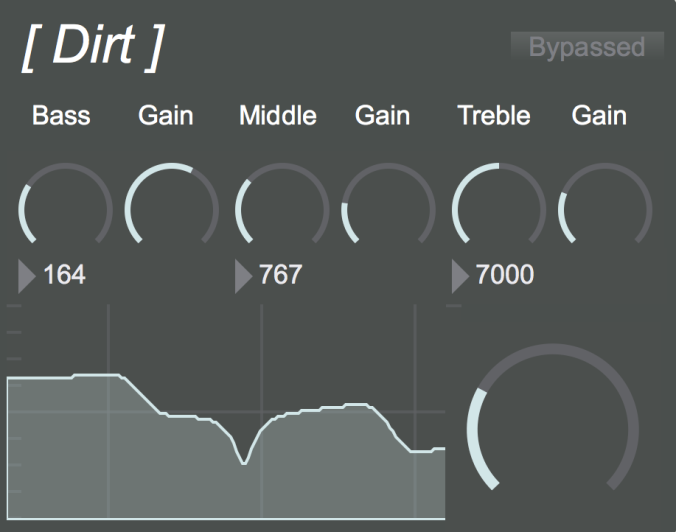Due to its necessity for amplification the sound of the electric guitar is shaped and processed from the outset. Beyond the coloration provided by the amp itself, effects pedals or “stomp boxes” offer numerous ways to transform the signal or create artificial spaces and ambiences. With the advent of the home computing revolution and the democratisation of technology a new wave of sonic possibilities became available to guitarists.
Working with pedals offers a spontaneous, improvisatory approach music creation processing the guitar signal in real-time either via the use of effects pedals. Norwegian guitarist Stian Westerhus uses a wide range of pedals, particular distortion and delay units to create darkly beautiful sonic vistas. Here signal chain becomes vitally important as each pedal can colour another depending on it’s position in sequence. Along with the amp they become as much an instrument as the guitar itself.
Within this digital domain a number of artists make use of the textural possibilities of the electric guitar, sampling raw sounds of the instrument before applying a number of audio manipulation techniques such as granulation or spectral processing. Many of these processes are non-realtime requiring a different compositional workflow. Software environment Max MSP has frequently been a tool of choice, allowing composers to tailor-build audio processing tools unique to their individual needs and stylistic tastes. Christopher Willits uses a combination of Ableton and custom Max patches to build rhythmically shifting patterns from sampled chords and single note lines, a process he describes as “Folding”.
Contrastingly, Touch recording artist Christian Fennesz largely eschews rhythmic elements, utilising Max to create shifting ambient noise-scales constructed from electric and acoustic guitars, often augmenting them with field recordings. He frequently uses Lloopp, a free, pre-written suite of Max patches for sound transformation created with live improvisation in mind.



